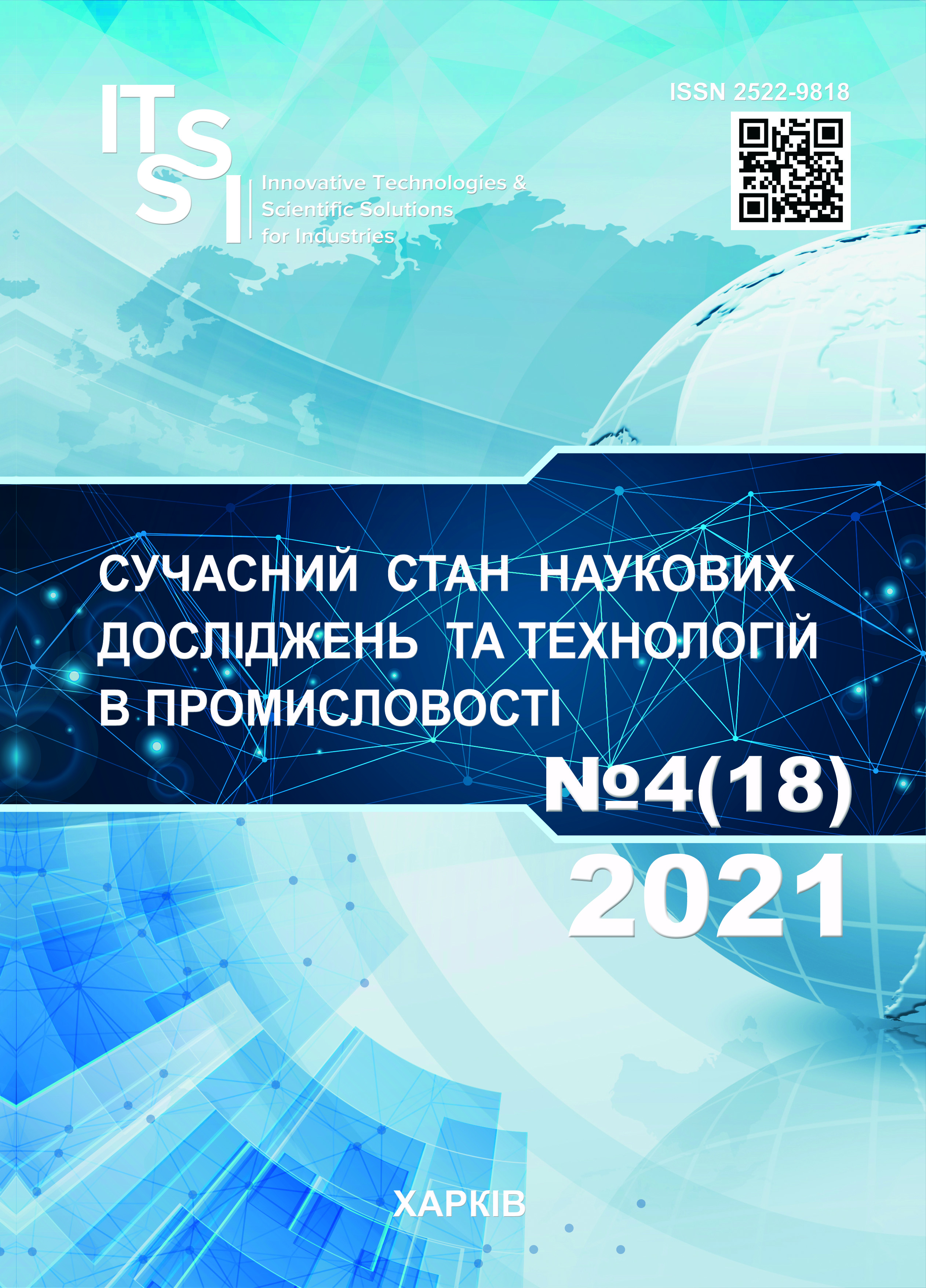THE CONCEPT OF CREATING AN INTELLECTUAL CORE OF AN INTEGRATED INFORMATION AND ANALYTICAL SYSTEM FOR ACTION IN EMERGENCIES OF MAN-MADE NATURE
DOI:
https://doi.org/10.30837/ITSSI.2021.18.040Keywords:
man-made emergency, decision support, process model, integrated intelligent information-analytical system, toxic chemicalAbstract
Subject matter. Informatization of processes of counteraction to man-made emergencies. Goal. Improving the effectiveness of the process of information support for decision-making in overcoming the consequences of man-made emergencies, in terms of its intellectualization, by creating a concept of integration of various software tools within a single, homogeneous space of knowledge about strategic, tactical and operational actions in a wide range of accidents and disasters related to the operation of technical facilities. Tasks. Develop a formal statement of the problem of decision-making in an emergency situation and justify the methodology of its implementation based on the integration of knowledge tools with various analytical models that describe the processes of emergency. Consider the application of the proposed methodology on a scenario that reproduces the situation on the site after the leakage of a highly toxic substance. Methods. System analysis - in the development of a comprehensive process model for decision-making in an emergency; software engineering - when creating the architecture of an integrated intelligent decision support system in emergencies of man-made nature; physics of the processes of distribution of toxic chemicals in the atmosphere - in the development of a scenario of the situation at the site in an emergency situation at an industrial site. Results. The concept of creating an integrated intelligent decision support system for overcoming the consequences of man-made emergencies, in particular, the formal formulation of a typical problem of decision-making in emergencies is described, as well as the basic principles of its solution, and the formulation of the problem of modeling management processes associated with man-made emergencies is developed. Conclusions. The concept of creating an integrated information-analytical system to support decision-making in man-made emergencies is presented. Within the framework of this concept, formal models of decision-making in man-made emergencies and an approach to the integration of diverse software within a single, homogeneous knowledge space on comprehensive measures to overcome the consequences of emergencies related to accidents and disasters at technical facilities infrastructure. The scenario example of the organization of intellectual support of decisions at release into the atmosphere of a toxic chemical is considered.
References
PRIO, replaces Swedish Chemicals Agency’s Observation, available at: http://www.kemi.se/templates/PRIOEngframes____4144.aspx
U.S. Environmental Protection Agency, available at: http://www.epa.gov/
European Topic Centre on Air & Climate Change (2003), Brussels.
Enescu, Maria (2009), "The elements of the dispersion theory applied to the mathematical shaping of the atmosphere pollution by high burning installation – i.m.a.", Proc. International conference "The knowledge society in the space of united Europe", May 29th - 30th, Timişoara, ROMANIA.
Borysiewicz, M.J., Borysiewicz, M. A. (2006), Atmospheric dispersion modeling for emergency management, Institute of Atomic Energy, Р. 88.
Scire, J., Strimaitis, D., Yamartino, R. (2000), A user’s guide for the CALPUFF dispersion model, Concord: Earth Tech, Р. 521.
About the statement of the Methodology of forecasting of consequences of spill (emission) of dangerous chemicals at accidents on industrial objects and transport: order of the Cabinet of Ministers of Ukraine dated April 10, 2001, No. 326/5517 // – 2001.
Luger, G. F. (2002), Artificial intelligence. Structures and strategies for complex problem solving, Addison Wesley: Boston, Р. 864.
Makhviladze, G.M., Yakush, S.E. (2002), "Large-scale unconfined fires and explosions", Proc. of the Compustion Institute, Vol. 29, P. 195–210.
Witlox, H.W.M. (2000), Unified Dispersion Model (UDM Version 6.0) Consequence Modelling Documentation, Theory Manual, Det Norske Veritas.
Olesen, H.R. (2005), User's Guide to the Model Validation Kit, National Environmental Research Institute, Denmark, Research Notes from NERI, No. 226, Р.72.
Crainic, T.G., Roy, J. O. R. (1988), "Tools for Tactical Freight Transportation Planning", European Journal of Oper, Res, 33(3), P. 290–297.
Gryning, Sven-Erik, Batcharova, E. (2000), Air pollution modeling and its application XIII, Р. 815.
The HGSYSTEM version 3.0 technical reference manual (1994), "Shell Internationale Research Maatschappij BV", Hague.
Ehrhard, J., Khatib, I., Winkler, C., Kunz, R. (2000), "The microscale model MIMO: development and assessment", Journal of Wind Engineering and Industrial Aerodynamics, V. 85, Р. 163–176.
Downloads
Published
How to Cite
Issue
Section
License
Copyright (c) 2021 Yuliia Kuznetsova

This work is licensed under a Creative Commons Attribution-NonCommercial-ShareAlike 4.0 International License.
Our journal abides by the Creative Commons copyright rights and permissions for open access journals.
Authors who publish with this journal agree to the following terms:
Authors hold the copyright without restrictions and grant the journal right of first publication with the work simultaneously licensed under a Creative Commons Attribution-NonCommercial-ShareAlike 4.0 International License (CC BY-NC-SA 4.0) that allows others to share the work with an acknowledgment of the work's authorship and initial publication in this journal.
Authors are able to enter into separate, additional contractual arrangements for the non-commercial and non-exclusive distribution of the journal's published version of the work (e.g., post it to an institutional repository or publish it in a book), with an acknowledgment of its initial publication in this journal.
Authors are permitted and encouraged to post their published work online (e.g., in institutional repositories or on their website) as it can lead to productive exchanges, as well as earlier and greater citation of published work.














